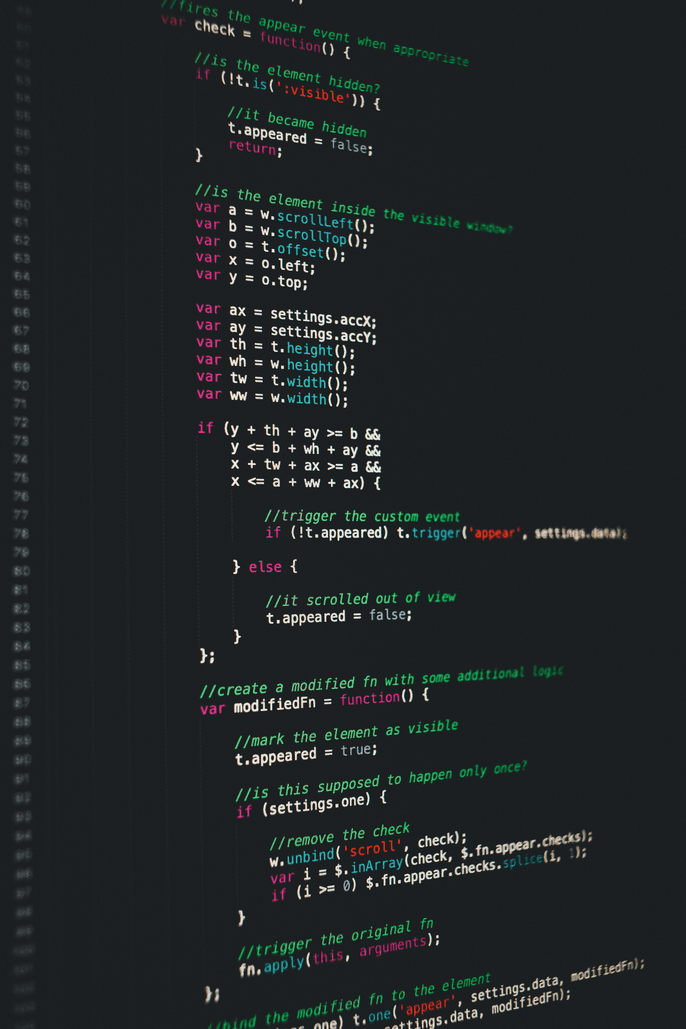
When it comes to PHP frameworks, two names often dominate the conversation—Laravel and Symfony. Both are powerful, open-source frameworks that enable developers to build robust web applications. While they share some similarities, Laravel and Symfony differ in several key aspects that can influence a developer's choice depending on the project’s requirements. In this article, we’ll dive deep into the strengths and weaknesses of both frameworks, comparing them across various dimensions such as performance, learning curve, scalability, and ecosystem.
Laravel is often praised for its simplicity and ease of use. It’s designed to make development as pleasant as possible, focusing on a clean and expressive syntax that allows developers to write code efficiently. Symfony, on the other hand, is known for its flexibility and high configurability, offering a more complex but highly customizable environment. While Laravel emphasizes rapid development and ease, Symfony targets more seasoned developers who need complete control over their application's architecture.
Learning Curve
One of the major distinctions between Laravel and Symfony is the learning curve. Laravel has always been considered beginner-friendly, making it an excellent choice for developers who are new to PHP frameworks. It comes with many out-of-the-box features, such as Eloquent ORM for database management, Blade templating for views, and Laravel Forge for server management. These tools simplify tasks like routing, session handling, and authentication, enabling developers to quickly get a project up and running. Laravel also has an active community and detailed documentation, which makes it easier to find support and resources when learning the framework.
Symfony, on the other hand, is more complex. While it offers unparalleled flexibility, it requires a deep understanding of PHP and web development to harness its full potential. Symfony uses the Doctrine ORM, which is more feature-rich but also more challenging to grasp than Laravel’s Eloquent. Furthermore, Symfony’s configuration options can be overwhelming for beginners, requiring a more in-depth understanding of dependency injection, service containers, and configuration files. However, for experienced developers who need fine-grained control over their application, Symfony’s complexity offers a high degree of customization and performance optimization.
Performance and Scalability
Performance is a critical factor in choosing the right framework, especially for large-scale applications. Laravel is known for its good performance out of the box, but Symfony often has the upper hand when it comes to raw speed and scalability. Symfony’s architecture is built around reusable components, and it is highly optimized for enterprise-level applications that need to handle a significant load.
One reason Symfony is often preferred for large-scale applications is its emphasis on best practices and standards. Symfony adheres strictly to PSR (PHP Standards Recommendations), making it easier to scale and maintain large projects. The framework's modular architecture also allows developers to use individual components rather than the entire framework, which can improve performance and reduce overhead.
Laravel, while slightly behind Symfony in terms of raw speed, has made considerable strides in recent years, especially with the introduction of Laravel Octane. Octane dramatically improves Laravel’s performance by allowing it to run on high-performance servers like Swoole or RoadRunner. This change enables Laravel applications to handle more requests per second, making it a more viable option for applications that require real-time capabilities, such as chat systems or live updates. Still, Symfony is often considered the better choice for projects requiring extensive customization, scalability, and long-term maintainability.
Development Speed
If you’re looking to get a project up and running quickly, Laravel is generally the better option. Laravel’s ease of use, built-in functionalities, and rapid development tools make it ideal for startups, MVPs (Minimum Viable Products), or small to medium-sized applications. The artisan command-line tool is particularly useful for automating repetitive tasks like creating controllers, models, and migrations, further speeding up development time.
Symfony, while slower to get started with, shines in more complex environments where a project requires high configurability and long-term maintenance. Symfony’s Flex tool helps developers manage dependencies and boilerplate code, but it still requires more manual configuration than Laravel. For projects with a longer development timeline or more complex requirements, Symfony’s upfront investment in configuration pays off in terms of flexibility and maintainability.
Community and Ecosystem
Laravel’s ecosystem is one of its biggest strengths. With a vast array of first-party tools like Laravel Forge for server management, Laravel Nova for building admin panels, and Laravel Vapor for serverless deployment on AWS, Laravel provides an all-in-one solution for web development. The ecosystem is not just comprehensive but also tightly integrated, ensuring that developers can easily add new features or deploy applications with minimal friction.
Symfony’s ecosystem is different in that it doesn’t provide as many first-party tools, but it offers a large selection of reusable components and bundles. These components can be integrated into other projects, making Symfony a popular choice for developers who need to customize their application at a granular level. Symfony is often used in conjunction with other tools like Twig for templating and Doctrine for ORM, giving developers the flexibility to choose the best tools for their project. Symfony also benefits from a large, active community of experienced developers, although it tends to attract more advanced users compared to Laravel’s broader audience.
Flexibility and Modularity
Symfony is built with modularity in mind, offering a highly flexible structure that can be customized to suit almost any project. You can use Symfony components individually or as a full-stack framework, depending on the needs of your application. This flexibility makes it ideal for projects that require custom architectures or need to integrate with other systems. Symfony’s component-based architecture allows developers to pick and choose which parts of the framework to use, making it extremely versatile.
Laravel, while flexible, is more of a full-stack framework, meaning it comes with a pre-defined structure and set of tools that developers are encouraged to use. While this makes it easier to get started, it can be limiting for developers who need complete control over the application’s architecture. However, Laravel’s flexibility has improved significantly with the introduction of packages that allow developers to extend the framework without having to modify its core.
Real-World Use Cases
Laravel is often favored for rapid application development, particularly for small to medium-sized applications or MVPs. Its ease of use makes it a go-to choice for startups, small businesses, and developers looking to quickly build applications without sacrificing quality. Laravel’s built-in features like authentication, routing, and task scheduling make it ideal for applications like e-commerce platforms, content management systems, and SaaS products.
Symfony, with its focus on performance, scalability, and customization, is more commonly used in enterprise-level applications or complex, large-scale projects. Symfony powers some of the world’s most complex applications, including Drupal and phpBB, and is often the framework of choice for businesses that require long-term scalability and robust architecture. Symfony’s strict adherence to coding standards makes it a preferred choice for organizations that prioritize maintainability and best practices.
Conclusion: Choosing the Right Framework for Your Project
In the end, the choice between Laravel and Symfony comes down to your project’s requirements and your team’s experience. Laravel excels in ease of use, rapid development, and a rich ecosystem of tools, making it the best choice for small to medium projects, startups, and developers looking for simplicity. Symfony, on the other hand, offers greater flexibility, scalability, and adherence to best practices, making it ideal for large, complex, and long-term projects.
Whether you choose Laravel for its simplicity or Symfony for its power, both frameworks offer tremendous benefits and are capable of building high-quality applications. The key is to assess your project’s needs, the complexity of your application, and the skills of your development team before making a decision.



